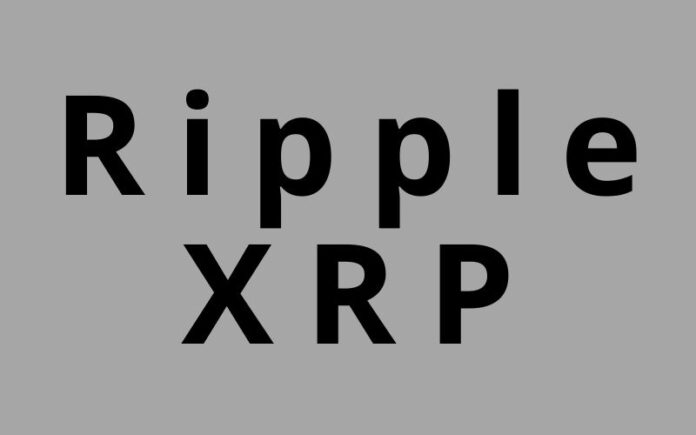A recent post by crypto researcher SMQKE has stirred debate within the digital asset community regarding the role of XRP in Ripple’s private central bank digital currency (CBDC) ledger.
SMQKE claimed that the private ledger directly utilizes XRP and cited documentation to support this assertion. However, this claim has been met with skepticism, as many argue that Ripple’s enterprise solutions, particularly those used by banks, do not necessarily depend on XRP.
Yes, Ripple’s CBDC Private Ledger directly UTILIZES XRP.‼️
Documented 3x.📝
Another myth debunked.😮💨 pic.twitter.com/15Eh3qq0yO
— SMQKE (@SMQKEDQG) February 11, 2025
RippleNet’s Structure and XRP’s Role
In response to SMQKE’s statement, an X user, Juliett Echo Tango, provided a detailed counterargument. She emphasized that XRP is only used in one of the three products within RippleNet and that banks favor solutions that do not require cryptocurrency exposure.
According to her, banks avoid public transaction records, leading to the need for a centralized private ledger that does not rely on XRP or the XRP Ledger (XRPL).
She pointed out that RippleNet comprises multiple products, with only one—previously known as xRapid—utilizing XRP for on-demand liquidity. The other solutions, such as xCurrent and xVia, were designed to provide cross-border payment infrastructure without necessitating XRP usage.
Regulatory and Financial Concerns
Her response also referenced an analysis from Grok, the AI tool developed by X, which explains why financial institutions have historically preferred xCurrent over XRP-based solutions. One of the primary concerns cited is regulatory uncertainty.
Banks must comply with anti-money laundering (AML) and know-your-customer (KYC) regulations, and the legal classification of XRP remains a contentious issue, particularly after the SEC’s lawsuit against Ripple. This legal uncertainty has made banks hesitant to engage with XRP, fearing potential regulatory repercussions.
Another major factor influencing adoption is risk management. XRP’s volatility poses financial risks for institutions that require stability when processing cross-border transactions. Unlike traditional banking assets, cryptocurrencies can fluctuate significantly within short timeframes, a concern for risk-averse financial entities.
While XRP facilitates liquidity by eliminating the need for pre-funded accounts, banks often prioritize stability over efficiency gains. Additionally, settlement risk is a consideration, as transactions using XRP depend on market conditions that can affect cost and timing.
We are on twitter, follow us to connect with us :- @TimesTabloid1
— TimesTabloid (@TimesTabloid1) July 15, 2023
Adoption Challenges and Institutional Preferences
Beyond regulatory and financial concerns, interoperability and ease of integration also helps banks’ preferences. Many financial institutions operate on legacy systems that require seamless integration with new technologies.
xCurrent was designed to work within existing banking infrastructure without requiring a shift toward cryptocurrency-based settlements. Banks are more comfortable with solutions that do not necessitate holding or trading digital assets, as this reduces complexity and operational risk.
The broader perception of cryptocurrency within the financial industry also contributes to adoption decisions. Some institutions prefer to distance themselves from digital assets due to concerns about volatility and association with speculative markets.
While blockchain technology offers clear benefits in terms of speed, transparency, and cost reduction, many banks prefer to adopt these advantages without engaging with a cryptocurrency like XRP.
In light of these factors, the extent to which XRP is integrated into Ripple’s CBDC private ledger remains an area of debate. While SMQKE asserts that XRP plays a direct role, the response from Juliett Echo Tango suggests that institutions utilizing Ripple’s solutions often do so without needing XRP.
Given that central banks require secure, private transaction environments, it is plausible that Ripple’s CBDC ledger is designed with flexibility, allowing optional rather than mandatory XRP usage.
Disclaimer: This content is meant to inform and should not be considered financial advice. The views expressed in this article may include the author’s personal opinions and do not represent Times Tabloid’s opinion. Readers are urged to do in-depth research before making any investment decisions. Any action taken by the reader is strictly at their own risk. Times Tabloid is not responsible for any financial losses.
Follow us on Twitter, Facebook, Telegram, and Google News


